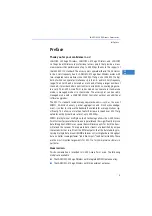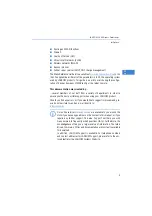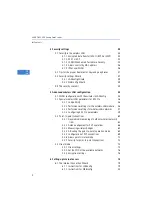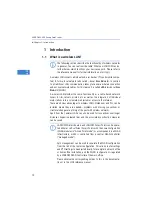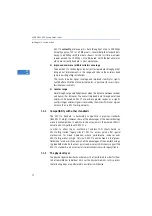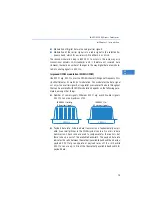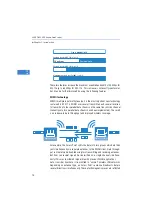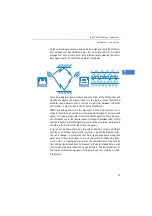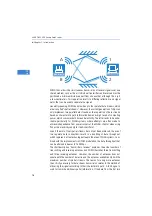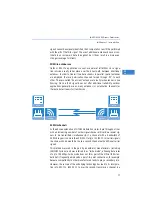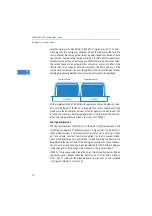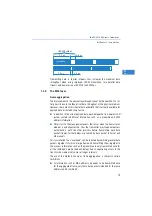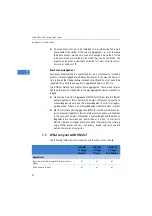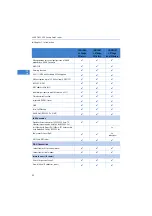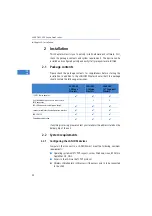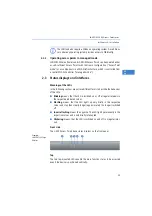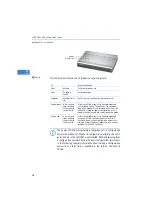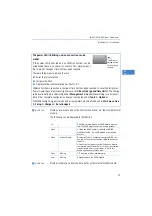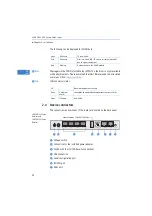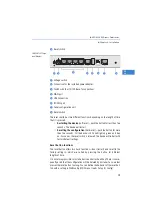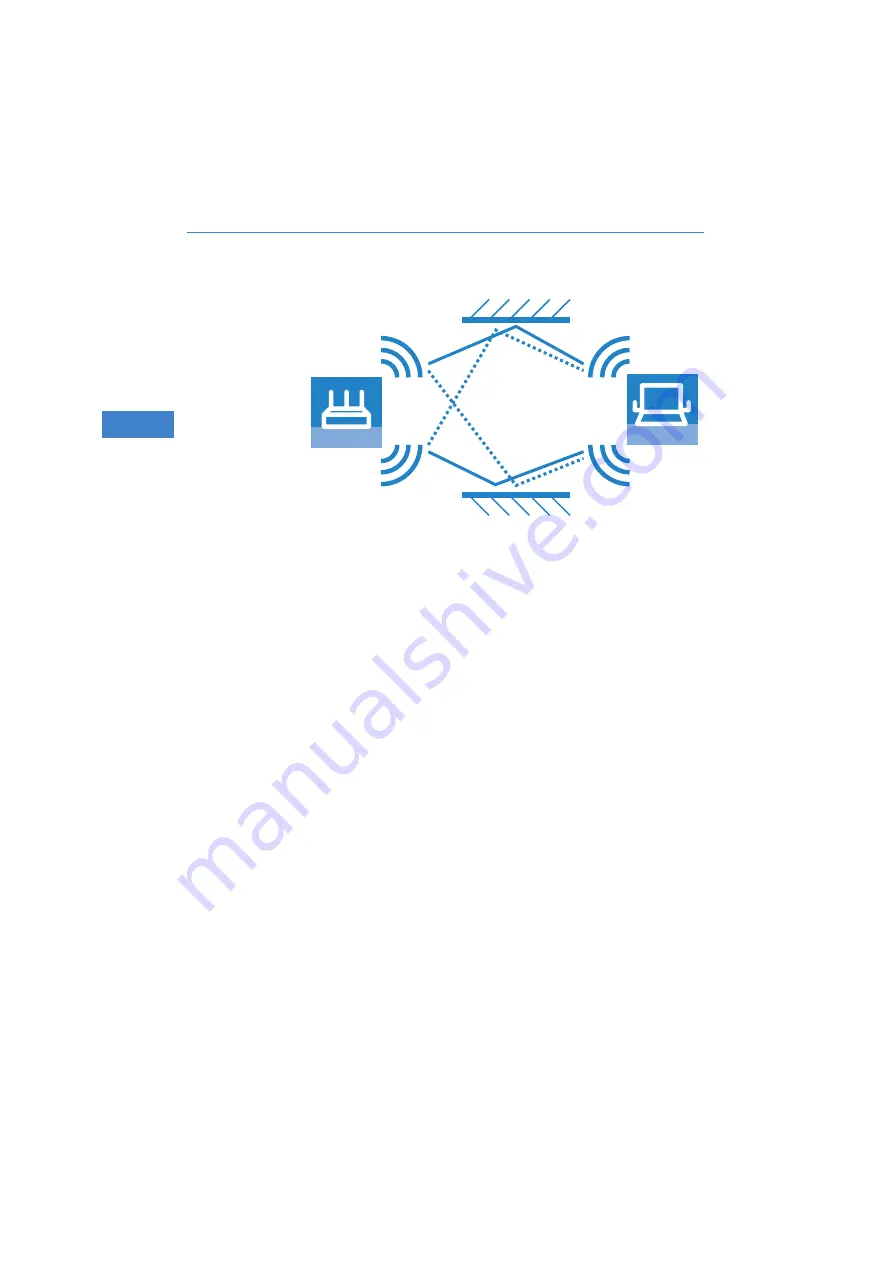
LANCOM L
-
300 Access Point series
Chapter 1: Introduction
16
EN
MIMO thus allows the simultaneous transmission of several signals over one
shared medium, such as the air. Individual transmitters and receivers must be
positioned a minimum distance apart from one another, although this is just
a few centimeters. This separation results in differing reflections and signal
paths that can be used to separate the signals.
Generally speaking, MIMO can provide up to four parallel data streams, which
are also called "spatial streams". However, the current generation of chips can
only implement two parallel data streams as the separation of data streams
based on characteristic path information demands high levels of computing
power, which consumes both time and electricity. The latter tends to be unde-
sirable particularly for WLAN systems, where attempts are often made to
achieve independence from power sockets at the WLAN client or when using
PoE as the electricity supply for the Access Point.
Even if the aim of four spatial streams has not yet been achieved, the use of
two separate data connections results in a doubling of data throughput,
which represents a true technological leap in the area of WLAN systems. Com-
bined with the improvements in OFDM modulation, the data throughput that
can be attained increases to 130 Mbps.
The short description "transmitter x receiver" expresses the actual number of
transmitting and receiving antennas. 3x3 MIMO describes three transmitting
and three receiving antennas. However, the number of antennas does not
equate with the number of data streams: the antennas available only limit the
maximum number of spatial streams. The reason for using more antennas
than strictly necessary for data stream transmission relates to the method of
allocating the signals according to their characteristic path: A third signal is
used to transmit additional spatial information. If the data from the first two
MIMO AP 802.11n
MIMO Client 802.11n
A
B
1
2


